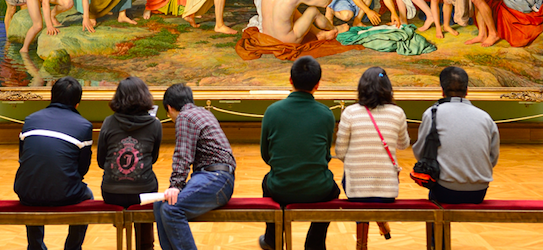
Cultural executives are grappling with public concerns about the economy. How much do admission fees contribute to cost-related barriers to visiting right now?
Here's the answer.
As a professional nerd, I get to delve deep into research concerning visitation trends for cultural organizations. It’s a fantastic privilege to work with amazing data scientists, researchers, analysts, and client organizations, but the best part of my job is when the advantages of real-time data collection strike, and certain findings make my jaw drop in interest. This is one of those times.
At IMPACTS Experience, we...
Sign in to KYOB+
Never miss the latest read on industry data and analysis.




